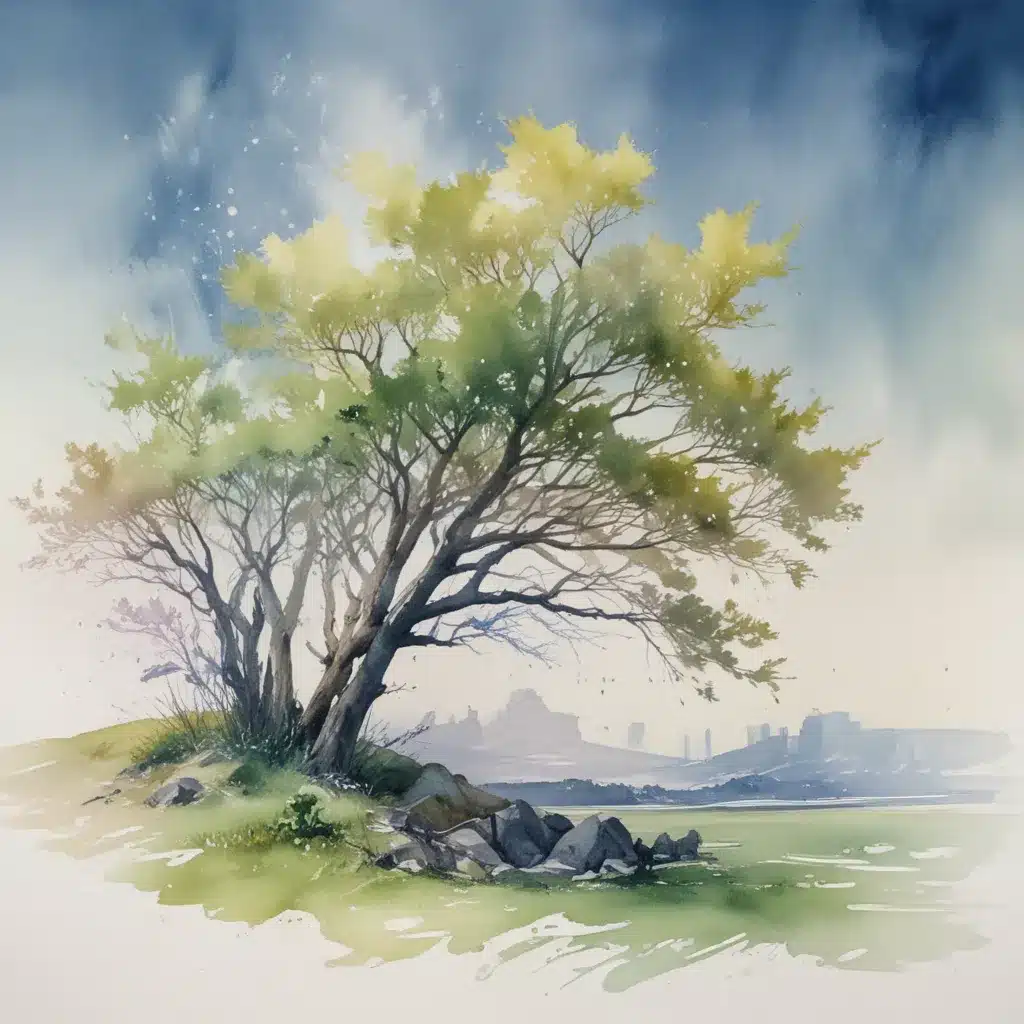
In an era defined by constant flux and the fleeting nature of modern life, watercolour painting offers artists a powerful medium to capture the ephemeral. In our 15 years installing… Its fluid, spontaneous qualities lend themselves perfectly to documenting the transient beauty of our world – the shimmering reflections on a still lake, the ethereal quality of morning mist, the ever-changing play of light and shadow. For artists seeking to push the boundaries of this captivating medium, a world of innovative techniques and creative approaches awaits.
Watercolour Painting: Beyond the Conventional
Watercolour – with its inherent unpredictability and the artist’s surrendering of control – has long been a medium that encourages an experimental, intuitive approach. While traditional watercolour techniques like wet-on-wet, dry brushing, and glazing remain foundational, many contemporary artists are exploring exciting new avenues to harness the unique properties of this fluid medium.
Unconventional Watercolour Techniques
One such innovative approach is the use of watercolour pouring. By tilting the painting surface and allowing the pigment-laden water to flow across the paper, artists can create mesmerizing abstract compositions that capture the natural movement of the paint. This technique lends itself particularly well to depicting atmospheric effects, like billowing clouds or the play of light on water.
Another intriguing technique is watercolour sgraffito, where the artist applies multiple layers of paint and then scratches, scrapes, or scrubs away areas to reveal the underlying colours. This process can uncover unexpected textures and patterns, lending a sense of depth and complexity to the work.
The incorporation of mixed media elements, such as collage, ink, or pastel, can also breathe new life into watercolour paintings. By combining different materials and techniques, artists can create richly textured, multilayered pieces that defy traditional watercolour conventions.
Creative Experimentation with Watercolour
Beyond technical innovations, many artists are also exploring ways to use watercolour as a tool for creative expression and conceptual exploration. Some are employing the medium to document their personal journeys, using the unpredictable nature of watercolour to reflect the fluidity of their experiences and emotions.
Others are leveraging watercolour’s ability to capture ephemeral moments, using the medium to freeze in time the transient beauty of the natural world. Artist Michael Reardon, for example, is renowned for his plein air watercolour paintings that convey the fleeting quality of light and atmosphere.
Watercolour’s versatility also lends itself well to interdisciplinary artistic practices. Some artists are incorporating watercolour into their sculptural works, while others are exploring the medium’s potential for performance art or digital art applications.
Developing a Watercolour Painting Practice
For emerging artists seeking to hone their watercolour skills and explore new creative avenues, establishing a regular painting routine is essential. Whether it’s dedicating a few hours each week to observational sketching or embarking on a series of experimental studies, consistent practice is key to mastering the medium.
Watercolour Painting Tutorials and Techniques
One effective way to develop your watercolour abilities is to immerse yourself in a variety of watercolour painting tutorials. These can cover everything from fundamental techniques like colour mixing and brush handling to more advanced approaches like wet-on-wet techniques, negative painting, and glazing.
Many artists also find value in colour palette exploration, experimenting with different combinations of pigments to discover unique colour harmonies and atmospheric effects. Keeping a colour journal or sketchbook can be a helpful way to document your colour discoveries and inform your future paintings.
Capturing the Ephemeral: Observational Drawing and Painting
For those seeking to harness watercolour’s ability to capture the fleeting, observational drawing and painting can be a rich and rewarding practice. Whether working en plein air or from photographic references, the act of closely observing the natural world and translating it onto paper can deepen your understanding of light, colour, and the ephemeral qualities of your subject matter.
Techniques like wet-on-wet washes, dry brush work, and the strategic use of masking fluid can all contribute to the creation of watercolour paintings that evoke the transient nature of the world around us. Through repeated studies and a willingness to experiment, artists can develop a nuanced approach to depicting the ephemeral.
Inspiration and Creative Approaches
As you embark on your watercolour painting journey, consider drawing inspiration from the work of artists who have pushed the boundaries of the medium. The Impressionist painters, for example, famously used watercolour to capture the fleeting effects of light, while contemporary artists like Julie Collings and Alvaro Castagnet have developed innovative approaches to watercolour landscape painting.
Experimental Art Processes
Beyond studying the masters, you might also explore experimental art processes that challenge the conventional use of watercolour. This could involve techniques like pouring, sgraffito, or the incorporation of mixed media elements. By embracing a spirit of playful exploration, you can uncover new ways to express the ephemeral qualities of your subject matter.
Interdisciplinary Artistic Practices
Another source of inspiration may come from interdisciplinary artistic practices that integrate watercolour with other mediums or disciplines. For example, you might explore the intersection of watercolour and photography, using the paint to enhance or transform photographic images. Or you could investigate the potential of watercolour in performance art or installation work, pushing the boundaries of the medium’s capabilities.
Ultimately, the key to unlocking the full potential of watercolour painting lies in your willingness to embrace the medium’s inherent unpredictability and to approach each new work with a spirit of curiosity and experimentation. By combining technical mastery with a openness to creative exploration, you can capture the ephemeral beauty of our world in ways that are both visually stunning and profoundly meaningful.
So, pick up your brushes, let the paint flow, and embark on a journey of watercolour discovery. The possibilities are as boundless as the ever-changing world around us.
Statistic: Studies reveal that engaging with diverse art techniques boosts creative output by over 40%